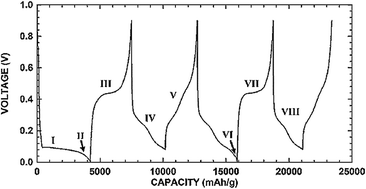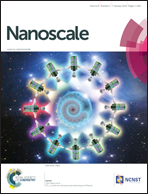Silicon as a potential anode material for Li-ion batteries: where size, geometry and structure matter
Abstract
Silicon has attracted huge attention in the last decade because it has a theoretical capacity ∼10 times that of graphite. However, the practical application of Si is hindered by three major challenges: large volume expansion during cycling (∼300%), low electrical conductivity, and instability of the SEI layer caused by repeated volume changes of the Si material. Significant research efforts have been devoted to addressing these challenges, and significant breakthroughs have been made particularly in the last two years (2014 and 2015). In this review, we have focused on the principles of Si material design, novel synthesis methods to achieve such structural designs, and the synthesis–structure–performance relationships to enhance the properties of Si anodes. To provide a systematic overview of the Si material design strategies, we have grouped the design strategies into several categories: (i) particle-based structures (containing nanoparticles, solid core–shell structures, hollow core–shell structures, and yolk–shell structures), (ii) porous Si designs, (iii) nanowires, nanotubes and nanofibers, (iv) Si-based composites, and (v) unusual designs. Finally, our personal perspectives on outlook are offered with an aim to stimulate further discussion and ideas on the rational design of durable and high performance Si anodes for the next generation Li-ion batteries in the near future.


 Please wait while we load your content...
Please wait while we load your content...